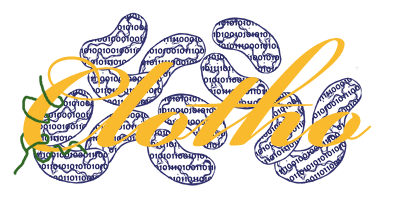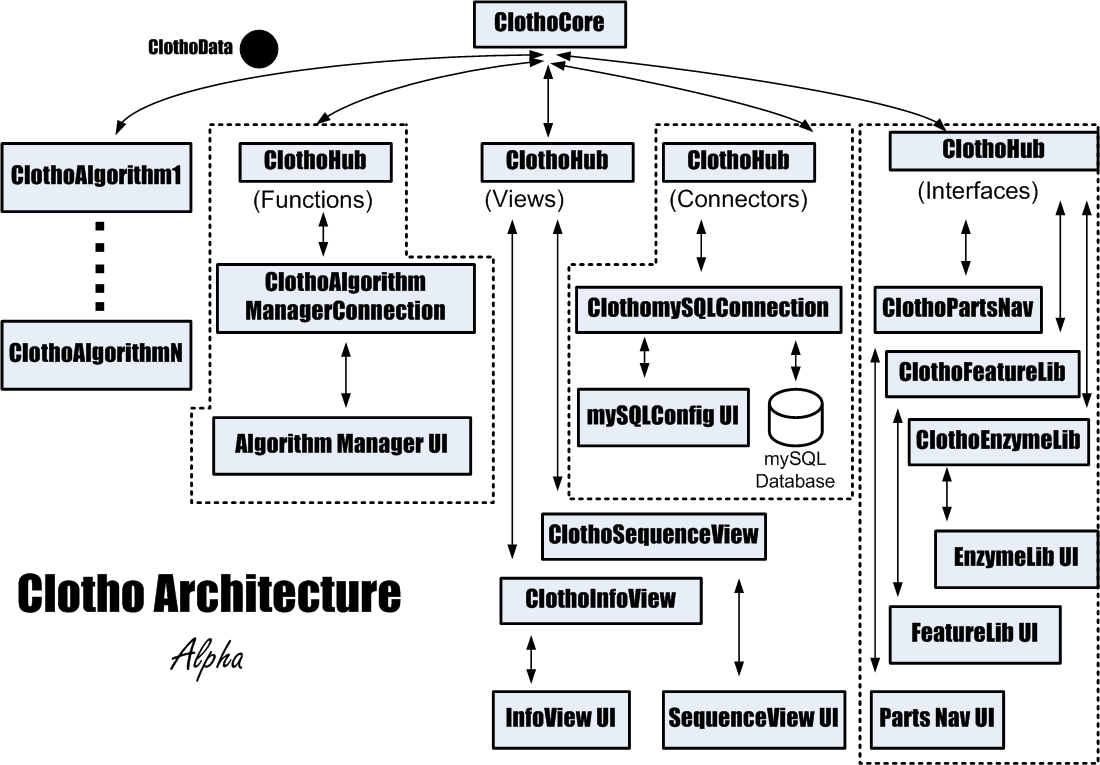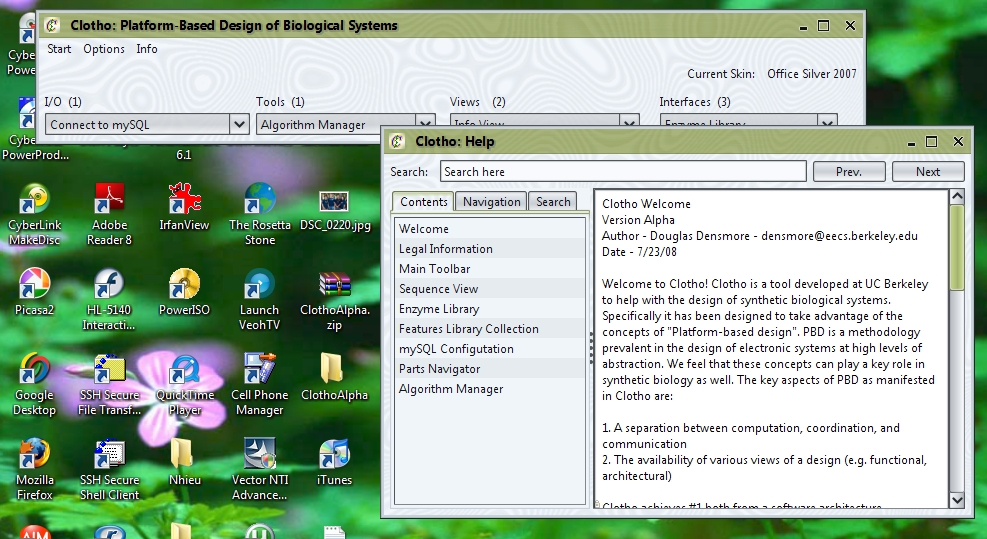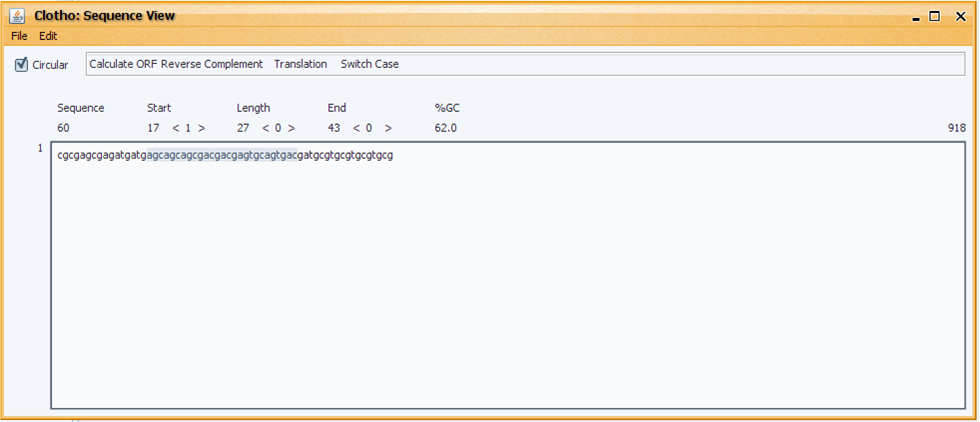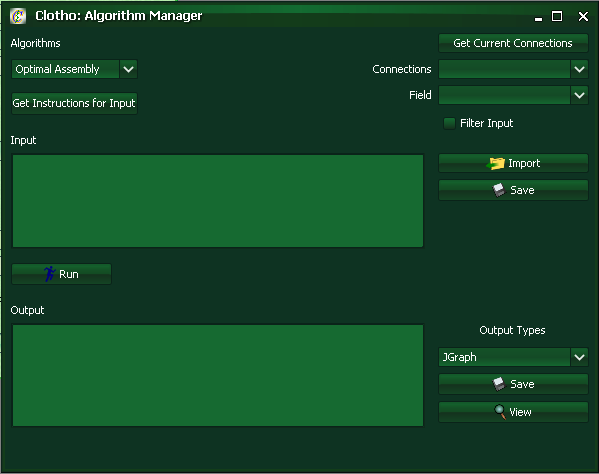Team:UC Berkeley Tools/Project
From 2008.igem.org
Contents |
The Project
Genomics has reached the stage at which the amount of DNA sequence information in existing databases is quite large. Synthetic biology now is using these databases to catalog sequences according to their functionality and therefore creating standard biological parts which can be used to create large systems.
As these databases grow, the need for integrated tools that perform complex operations, organize information, and automate regular processes is becoming increasingly obvious. The synthetic biology community could be better-served with the development of flexible tools which not only permit access and modification to that data but also allow one to perform meaningful manipulation and use of that information in an intelligent and efficient way. These tools need to be useful to biologists working in a laboratory environment while leveraging the experience of the larger CAD community.
This project develops a toolset called "Clotho" which provides a variety of design views and tools to aid biologists to modify existing synthetic biological systems as well as create new ones. These tools differ from current offerings in this area in that they not only provide the needed tools to manipulate designs in one complete system but also provide unique ways in which to visualize the design as well as a number of connections to both local and global part repositories.
Project Architecture
Clotho is based on a core-and-hub system which manages multiple connections, in which each connection serves an independent purpose in a self-sufficient manner. For instance, while one connection may be in charge of viewing/editing a sequence in an ApE-based manner, another connection may connect to databases, and will allow the user to receive and submit parts. Each connection may also perform more integrative tasks by passing data to each other through the core. If a user were working through the sequence view and database manager, for example, then the two connections could talk to each other if the user wished to edit a part in the sequence view and then resubmit the part back to the database.
Clotho's development page provides information on all current viewable connections.
Project Details
Overall Timeline
- iGEM 1st Meeting: June 2, 2008 - Nade and Matt start.
- Anne arrives: June 9th, 2008
- Check-up with Prof. Anderson: June 16, 2008
- iGEM picture session: July 7, 2008
- Clotho Testing Session 1: July 14, 2008
- Clotho Testing Session 2: July 16, 2008
- Clotho Alpha Release: July 26, 2008 - Download Here.
- Anne leaves (and sadness ensues): August 1, 2008
- Clotho Beta Release:
- iGEM 2008 Jamboree:
Getting Acquainted To Clotho
When the user first starts up the .jar file, they will notice that they are first greeted with Clotho's splash screen, and then the Clotho toolbar. The toolbar is the main window that will be used to access all connections from a central interface. Along the top of the toolbar, users can change the skins of the program by accessing Options->Set Skin. Under Info->Help, users can access documentation about various connections.
First-time users may be most comfortable with the sequence view before accessing any of the other connections. To access the sequence view, open Views->Sequence View.
Here users may view and edit sequences in the Fasta, Genbank, Strider and ApE formats. More information about the sequence view can be found under the sequence view help article.
Users should also get acquainted to the Algorithm Manager and mySQL Connections. Return to the toolbar, open I/O->Connect to mySQL.
Here, users can interact with databases and sort through parts organized in mySQL. Once again, more information can be found in the corresponding help article. Also open here is the parts navigator, which is, for the time being, useful insofar as Clotho is connected to a mySQL database.
To access the Algorithm Manager Connection open Interfaces->Algorithm Manager.
The algorithm manager allows users tremendous creative control. The algorithm manager can take in an input, and spit out an output depending on the current algorithm implemented. Examples of possible algorithms include optimal assembly algorithms (look at 2ab assembly under the algorithm manager as a concrete example that also considers antibiotics), sequence alignment GUIs, and an icon viewer that takes oligos and visually represents them in a graphical format. The possibilities here are near endless.
The Testing Sessions
Information and pictures regarding the testing sessions can be found here.
The Alpha Release
The Path Forward
Clotho Development
Ongoing development information on Clotho can be found here.
 "
"
